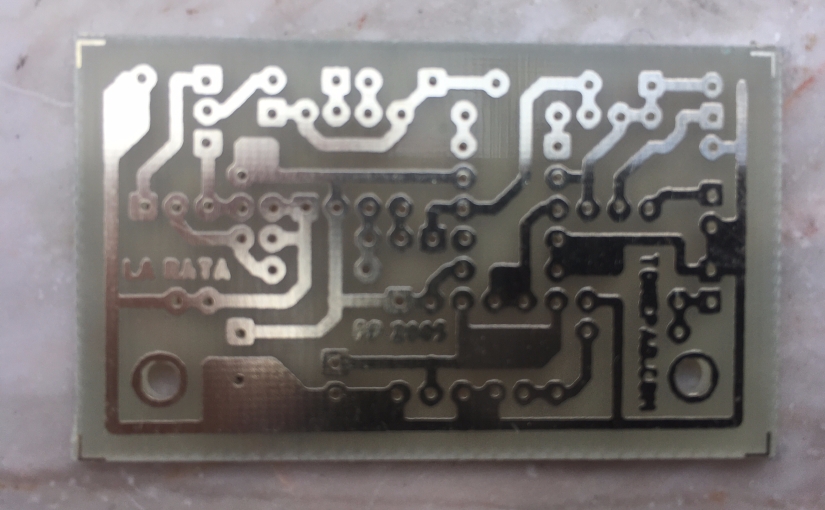Preamble
Sort of following on from VCO madness, I was really looking for the Super Simple VCO (which seems to be actually a 555 timer as a VCO, see the GetLoFi LFO in Ha Ha Ha… 555 fun). However, I got distracted and ended up analysing PSUs and buses for synths.
For ease, in order to power my synth, I had been planning on using a couple of single rail 12V SMPS designed for LED lights, in order to make a dual rail supply, but I started to wonder about the noise implications – as all designs for synths appear to use the old fashioned transformer, rectifier, and linear regulator approach.
(As an aside, Julien Ilett also points this potential noise (as related to buck convertors and SMPS) issue out in Julian builds: a Split Voltage Power Supply (+/-12v and 5v) @5:20. See also, Julian’s Postbag: #85 – E.Ink, Spring Onion, Split PSU (@7:33-8:00), where he mentions that high frequency noise is not removed by the linear regulators in the Split Rail Power Supply Kit Build – SEPIC Cuk Topology).
Continue reading Synth Power Supplies







